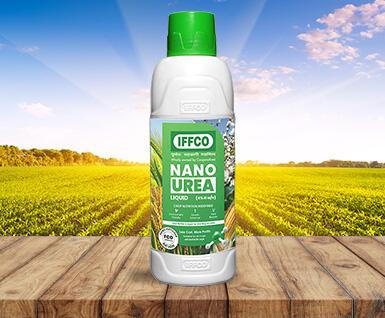Researchers have discovered that dangerous viruses can remain infectious in fresh water for up to three days by placing them on plastic.
Researchers at Stirling University have found that they remain contagious and pose potential health risks. Enteric viruses that cause diarrhoea and upset stomach, such as rotavirus, survive by attaching to microplastics (particles less than 5 mm long) in water.
Prof Richard Quilliam, a lead researcher on the project at Stirling University, said: “We found that viruses can attach to microplastics and that allows them to survive in the water for three days, possibly longer.”
Although previous research was done in sterile settings, this is the first study on how viruses behave in the environment, Quilliam said. However, they used standard laboratory methods to determine if the viruses found in water microplastics were contagious.
“We weren’t sure how well viruses could survive by ‘hitchhiking’ on plastic in the environment, but they do survive and they do remain infectious,” he said.
The results of part of a project funded by the Natural Environment Research Council to look at how plastics carry bacteria and viruses concluded that microplastics enable the transfer of pathogens into the environment. This article is published in the journal Environmental Pollution.
“Being infectious in the environment for three days, that’s long enough to get from the wastewater treatment works to the public beach,” Quilliam said.
Wastewater treatment plants were unable to capture microplastics, he said. “Even if a wastewater treatment plant is doing everything it can to clean sewage waste, the water discharged still has microplastics in it, which are then transported down the river, into the estuary and wind up on the beach.”
These plastic particles are so tiny that they could be swallowed by swimmers. “Sometimes they wash up on the beach as lentil-sized, brightly coloured pellets called nurdles that children might pick up and put in their mouths. It doesn’t take many virus particles to make you sick,” Quilliam said.
Although the impact of microplastics on human health remains uncertain, “if those bits of microplastics are colonised by human pathogens, then that could well be a significant health risk,” said Quilliam.
The researchers tested two types of viruses – those with an envelope around them, “a kind of lipid coat”, such as the flu virus, and those without – enteric viruses such as rotavirus and norovirus. They found that in those with a coating, the envelope quickly dissolved and the virus died, whereas those without an envelope successfully bound to the microplastics and survived.

























